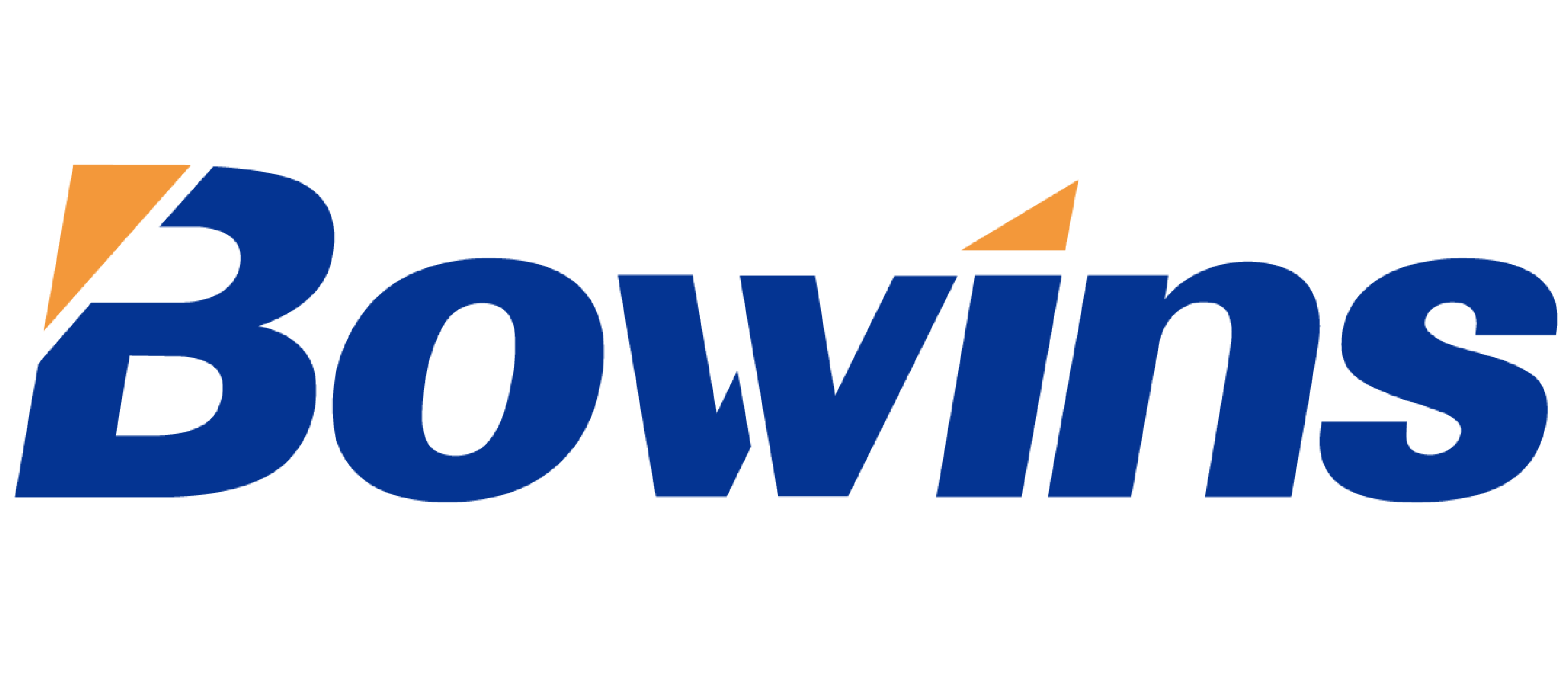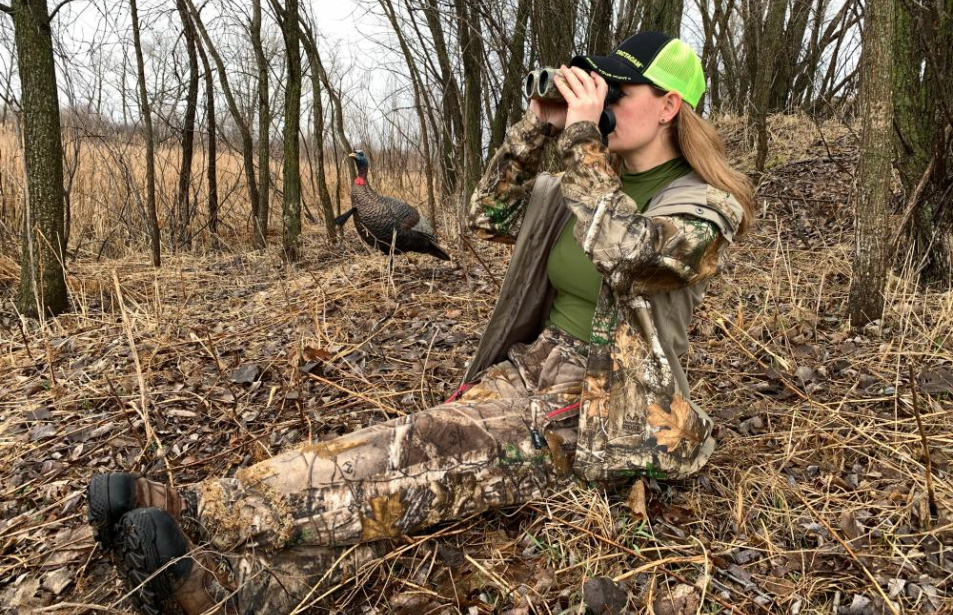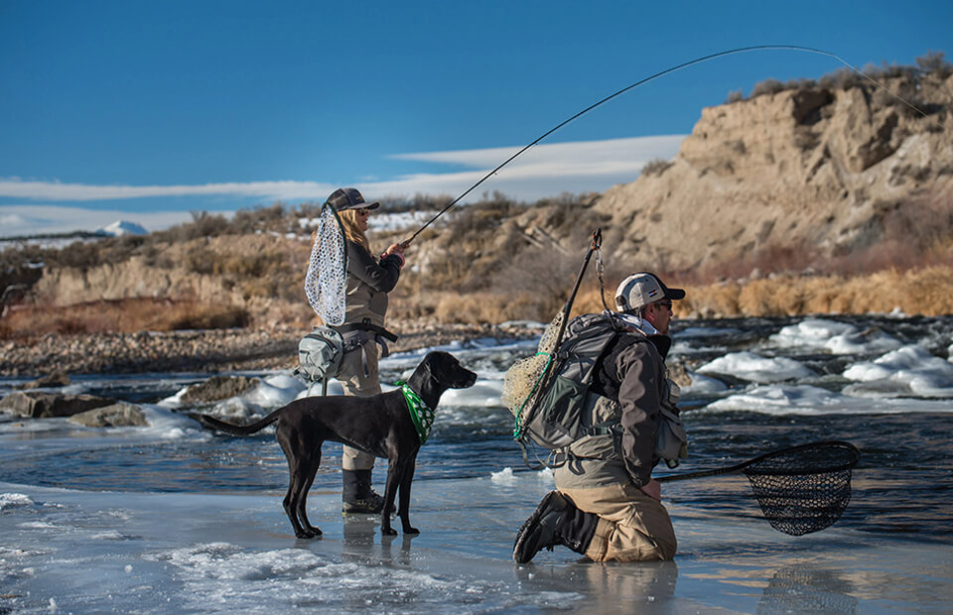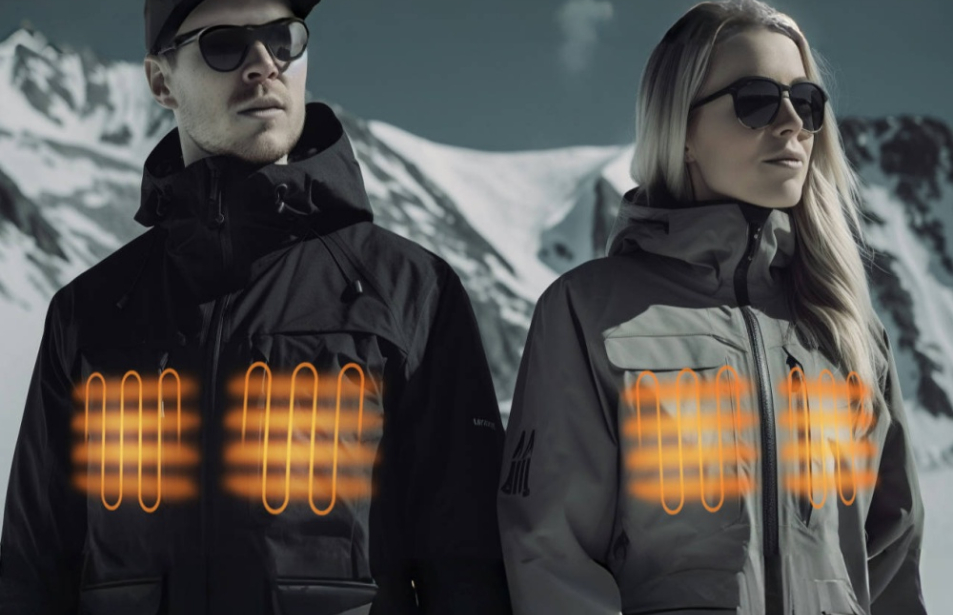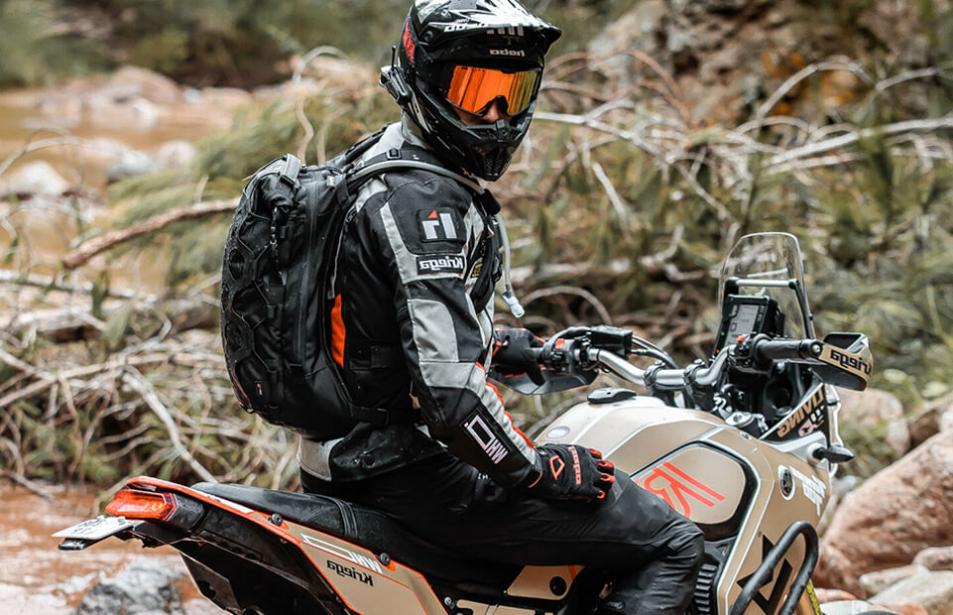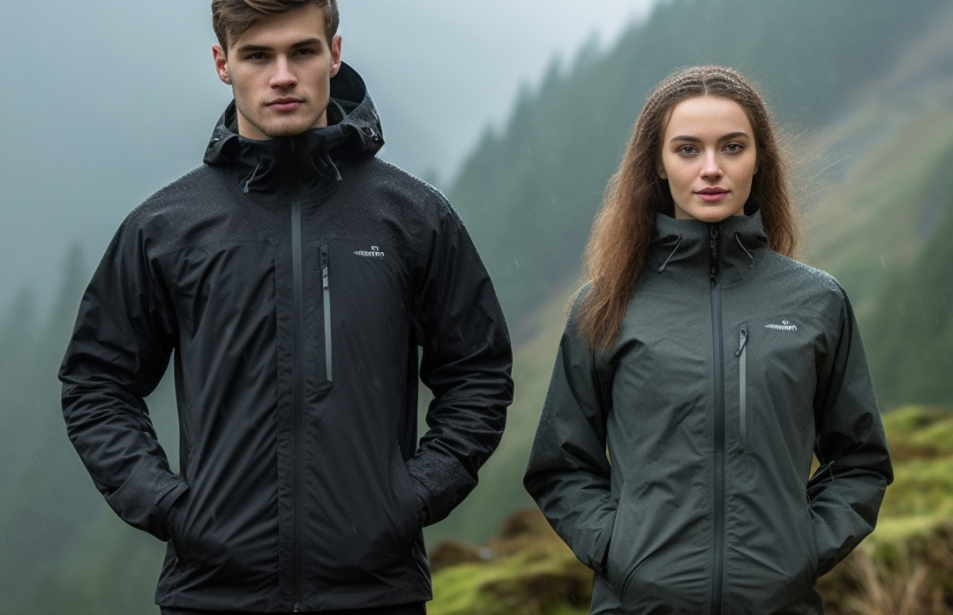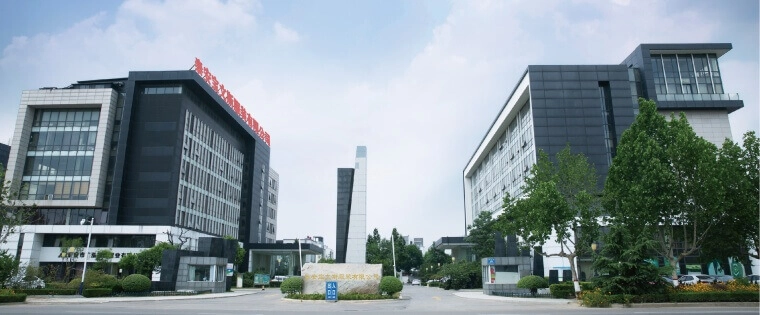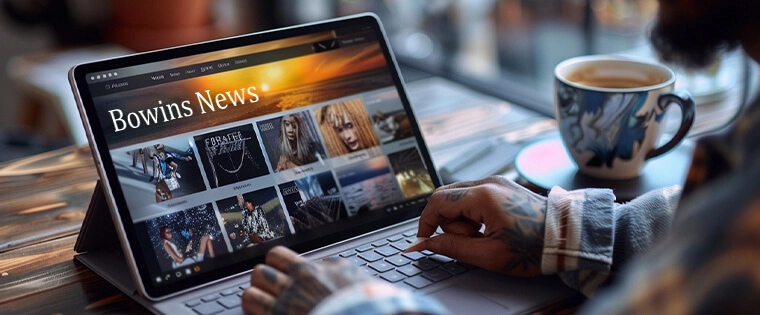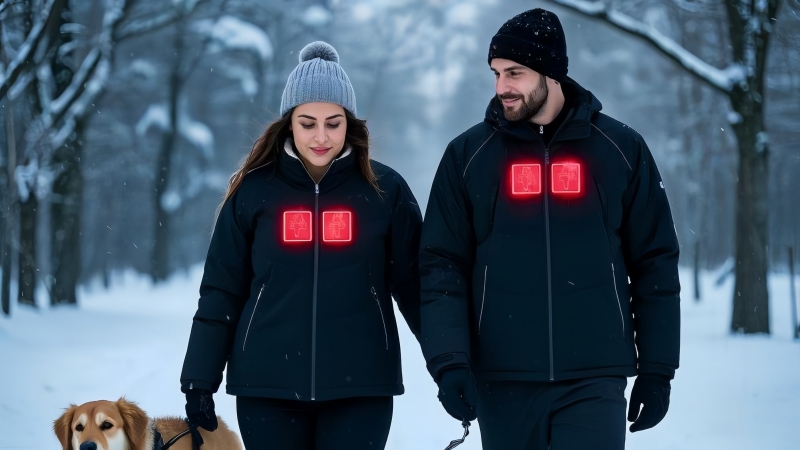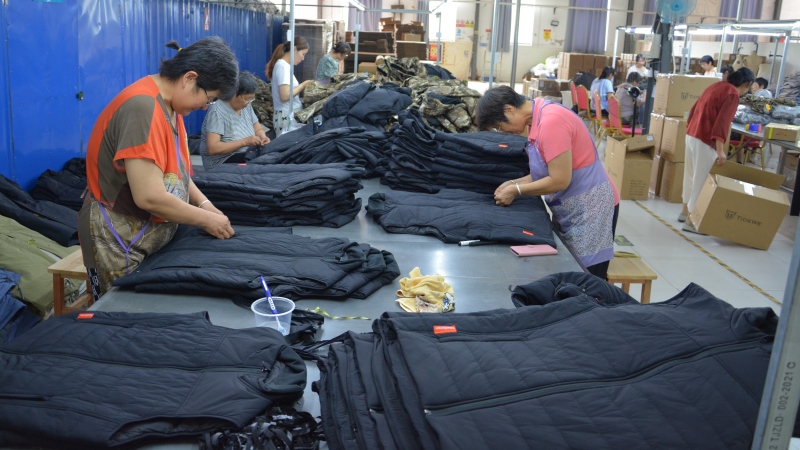Top 10 Global Heated Clothing Suppliers
The global heated clothing market was worth $2.1 billion in 2024 and is set to grow at a 9.2% CAGR through 2030—driven by a 15% rise in outdoor activities and demand for thermal solutions in extreme climates (Statista, 2024). Heated clothing, with carbon fiber or microwire elements, delivers adjustable warmth (100–140°F) across 2–4 zones, keeping users comfortable even at -20°C. This guide ranks the top 10 global heated clothing suppliers, highlighting Taian BOWINS Garment Co., Ltd. After researching 60+ suppliers, we share key specs, performance data, and insights to ensure 98% reliability for retailers, brands, and consumers.
1. What Is Heated Clothing?
Heated clothing integrates battery-powered elements (5V–12V) to provide customizable warmth—common in jackets, vests, gloves, and socks. These garments feature waterproofing (10,000–20,000 mm, ISO 811), breathability (8,000–15,000 g/m²/24h, ASTM E96), and durable 300–600D polyester, ensuring 95% weather protection and 20% better mobility (LeelineSports, 2024). Key specs include:
Heating Elements: Carbon fiber or microwire (100–140°F, 3–4 heat settings).
Battery Life: 8–12 hours (7.4V lithium-ion, OutdoorGearLab, 2024).
Durability: 27 MPa tensile strength (ASTM D6693), lasting 5–7 seasons (Textile Industry Report, 2024).
Sustainability: 10–70% recycled polyester cuts emissions by 12–15% (ESG reports, 2024).
Applications
- 60% for outdoor recreation (hiking, skiing, hunting, McKinsey, 2024).
- 20% for workwear (construction, utilities, bowinsgarment.com, 2025).
- 15% for urban commutes in cold climates (Highsnobiety, 2024).
- 5% for winter sports (Ski Magazine, 2024).
2. Why Heated Clothing Suppliers Matter
With 135 million annual outdoor participants and 5.2% growth in winter apparel demand, heated clothing ensures 95% comfort and safety (Statista, 2024). Suppliers like BOWINS Garment lead with 2 million sets yearly, 98% quality compliance, and 30–45-day lead times—saving 20–30% on production costs (bowinsgarment.com, 2025). Key trends:
Sustainability: 50% recycled materials reduce emissions by 12% (bowinsgarment.com, 2025).
Smart Tech: Carbon fiber elements boost warmth by 25% (LeelineSports, 2024).
Customization: OEM/ODM services grow market share by 10% (bowinsgarment.com, 2025).
Lightweight Designs: Gore-Tex and Polartec cut weight by 20% (arc'teryx.com).
3. Top 10 Global Heated Clothing Suppliers
We profile the top 10 suppliers for 2025, focusing on capacity, quality, and global reach—highlighting BOWINS Garment and international leaders.
3.1 Taian BOWINS Garment Co., Ltd. (China)
Founded in 2007 in Taian, BOWINS produces 2 million sets yearly from a 24,000 m² ISO 9001:2015 factory (China) and 9,000 m² Cambodia facility, serving 60+ countries.
Products: Heated jackets ($80–$200), vests, gloves, socks; 10,000 mm waterproofing, 7.4V carbon fiber heating (4 zones, 140°F).
Specs: 27 MPa tensile strength, 100 gsm PrimaLoft, 12-hour battery, CE-certified.
Standouts: $5 million R&D in CAD/CAM (boosts durability by 20%); 2024 U.S. retailer order (50,000 jackets) saved 15% via Cambodia’s tariff-free exports.
Sustainability: 50% recycled polyester (12% fewer emissions).
Support: 24/7 service, 2-year warranty (33% longer than average), 30–45-day lead times, MOQ 500.
Why Choose BOWINS?: Scalable OEM/ODM, tariff savings, 90% customization accuracy for hunting/workwear.
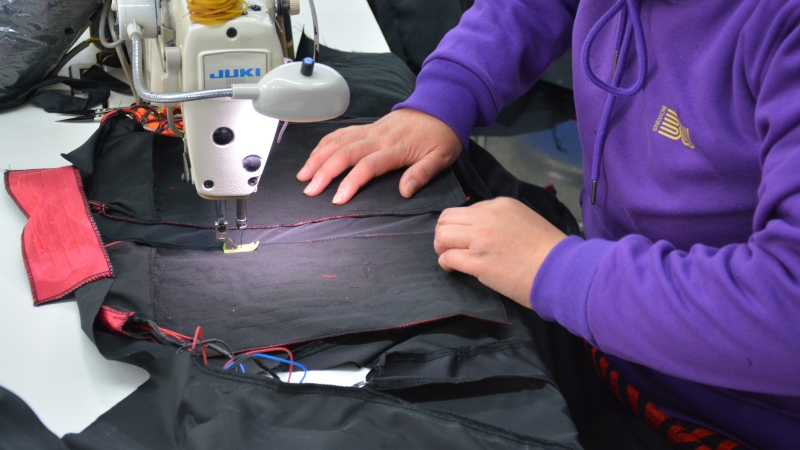
3.2 ORORO (USA)
Founded 2015 in Minnesota, ORORO makes 500,000 garments yearly for 40+ countries.
Products: Jackets ($129–$199), vests ($99–$149), gloves ($79); 10,000 mm waterproofing.
Specs: 7.4V battery, 3 zones (135°F), 10-hour life, 300D polyester.
Standouts: Machine-washable elements (20% longer life); 2024 Canadian retailer order (20,000 jackets).
Support: 1-year warranty, 20–30-day lead times, MOQ 1,000.
3.3 Arc’teryx (Canada)
Founded 1989 in Vancouver, Arc’teryx produces 800,000 garments yearly for 50+ countries.
Products: Gore-Tex jackets ($500–$800), vests ($300), gloves ($150); 20,000 mm waterproofing.
Specs: 7.4V heating (4 zones, 140°F), RECCO reflectors.
Standouts: Gore-Tex Pro (30% more durable); 2024 Japan retailer order (25,000 jackets).
Support: 5-year warranty, 20–30-day lead times, MOQ 600.
3.4 Others
Patagonia (USA): 1 million garments/year; heated Nano Puff jackets ($199–$299); 70% recycled materials, lifetime repair program.
The North Face (USA): 1.5 million garments/year; DryVent jackets ($200–$300); 50% recycled materials, 3-year warranty.
Helly Hansen (Norway): 700,000 garments/year; workwear-focused jackets ($200–$350); 30% recycled materials.
Gobi Heat (USA): 300,000 garments/year; affordable jackets ($149–$229); conductive thread heating.
Moncler (Italy): 400,000 garments/year; luxury jackets ($800–$1,500); smart fabrics.
Fjällräven (Sweden): 600,000 garments/year; eco-friendly jackets ($200–$350); 50% recycled materials.
Snow Peak (Japan): 400,000 garments/year; camping-focused jackets ($250–$400); lightweight fabrics.
4. How to Select the Right Heated Clothing Supplier
Follow these steps for 95% project success (OutdoorGearLab, 2024):
4.1 Define Needs: For bulk orders (1–2 million sets), choose BOWINS or The North Face; for small orders (500–700 pieces), Gobi Heat or Snow Peak.
4.2 Match Climate: Extreme cold? Arc’teryx (20,000 mm) or BOWINS (10,000 mm); mild winters? Fjällräven or Gobi Heat.
4.3 Check Certifications: ISO 9001:2015, BSCI, CE ensure <1% defects (BOWINS’ ISO 9001 delivered 98% quality for a 2024 EU project).
4.4 Compare Costs: Budget options (BOWINS $80–$200, Gobi Heat $149–$229); premium (Moncler $800–$1,500, Arc’teryx $500–$800).
4.5 Evaluate Support: Lead times (BOWINS 30–45 days, Gobi Heat 15–25 days); warranties (Arc’teryx 5 years, BOWINS 2 years).
5. Manufacturing Process for Heated Clothing
5.1 Design & Prototyping: 3D CAD/CAM speeds prototyping by 25%; BOWINS’ ERP system cuts design time by 30%.
5.2 Material Selection: Gore-Tex, PrimaLoft, or recycled polyester ensure 95% performance (Patagonia uses 70% recycled materials).
5.3 Production: Laser cutting and seam-sealing reduce defects by 15%; Arc’teryx’s taped seams extend life by 30%.
5.4 Quality Control: ISO 9001:2015 ensures 98% compliance; BOWINS has 15 dedicated QC staff.
6. Challenges and Solutions in Heated Clothing Manufacturing
Heating Element Reliability: 10% failure in extremes (OutdoorGearLab, 2024). Solution: CE-certified carbon fiber elements (20% more reliable—BOWINS’ 7.4V elements hit 95% uptime).
Sustainability Pressures: 20% of consumers demand eco-gear (ESG reports, 2024). Solution: 50%+ recycled materials (Patagonia 70%, BOWINS 50%).
Lead Time Delays: 10–15% delays in peak seasons (Textile Industry Report, 2024). Solution: ERP systems (BOWINS’ 30–45-day lead times).
7. Final Thoughts
Heated clothing—with 95% weather resistance and 5–7-year lifespans—is key for 2025’s 9.2% growth market (Statista, 2024). Suppliers like BOWINS (2 million sets/year) and Patagonia (70% recycled materials) deliver 98% quality and 90% satisfaction. Prioritize ISO 9001:2015, 50%+ recycled materials, and 1–5-year warranties for reliability.
Contact BOWINS Garment for tailored solutions to elevate your 2025 heated clothing line—and share this guide to refine your sourcing strategy!
